Rooftop spaces represent one of the most valuable yet underutilized assets in urban architecture. As cities grow denser and green space becomes scarce, rooftops are transforming into more than mechanical zones. Increasingly, developers and homeowners are embracing the rooftop deck as a sought-after outdoor space with container plants, lounge areas, pergolas, pools, and panoramic views.
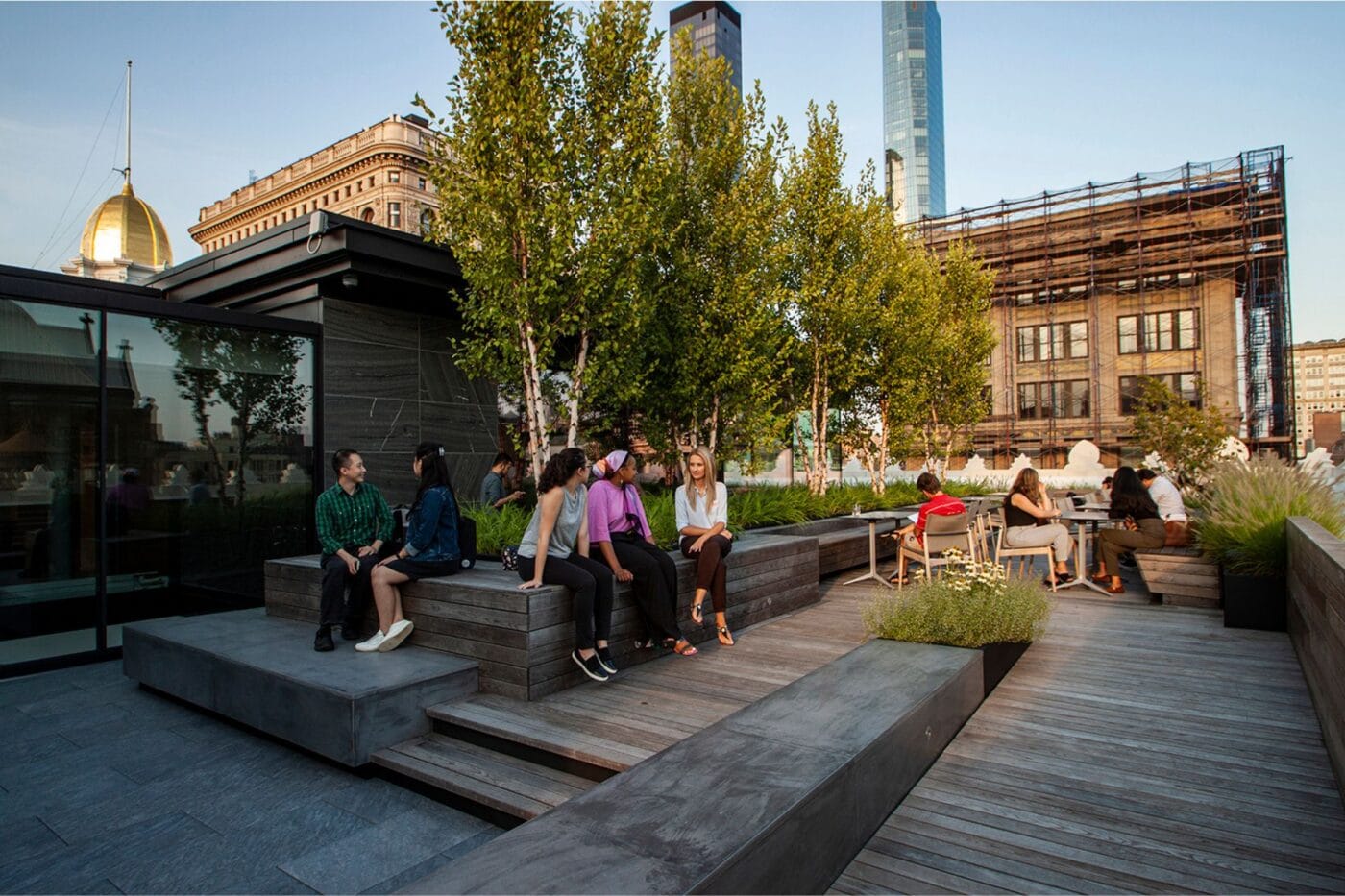
Unlike intensive green roofs that require deep soil layers and irrigation systems, these decks offer a lighter, more flexible alternative: a space for people first, with just enough greenery to reconnect with nature. And the best part? They’re more than just beautiful – they’re beneficial to our cities and wellbeing.
From New York’s sky-high terraces to private penthouse gardens in Tel Aviv, rooftop decks are becoming a symbol of elevated living. Terrace gardens are among the fastest-growing trends in city living, transforming plain rooftops into lush, inviting environments using wood decking and container planting. These flexible spaces boost privacy, shade, and seasonal greenery, ideal for aesthetic appeal and urban calm.
But it’s not only for the skyscraping heights. The Swiss city of Basel boasts some of the greenest rooftops in Europe by mandating green roofs on all new and renovated buildings with a slope of less than 10 degrees.
While some rooftops are built as full-scale green roofs, many designers opt for container-based solutions that are easier to maintain and offer recreational areas for the dwellers. These urban oases deliver the benefits of greenery without the structural burden of full soil coverage.
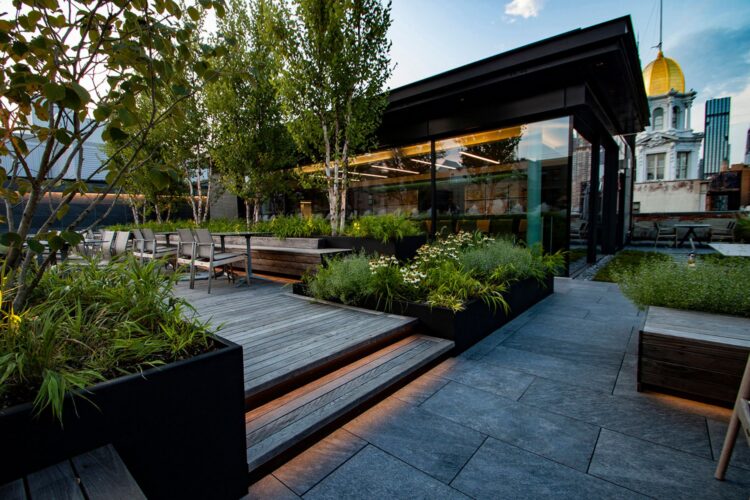
Urban rooftop gardens are a simple yet powerful way to make cities greener, cooler, and more livable. By adding vegetation to underused rooftop spaces, even in planters or small patches, these gardens help reduce the urban heat island effect through natural shading and evaporative cooling.
They improve air quality by filtering pollutants and trapping fine dust, making city air healthier to breathe. Rooftop greenery also helps manage rainwater more sustainably by slowing runoff and easing the burden on drainage systems.
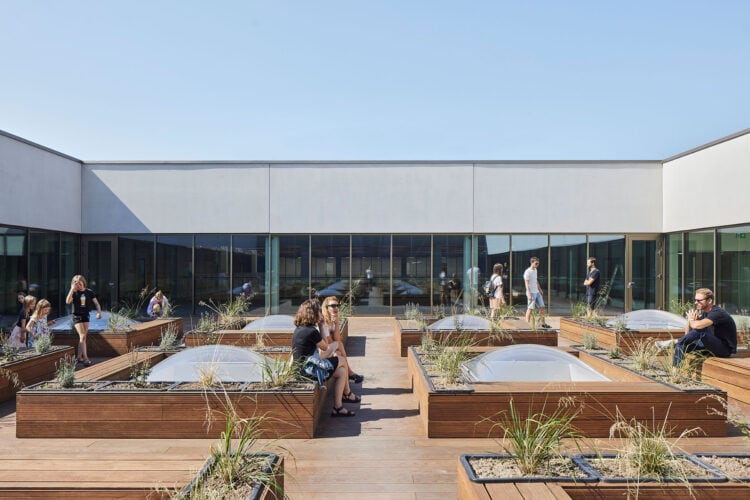
In addition, these spaces support biodiversity by attracting bees, butterflies, and birds and bringing nature back into the urban setting. Even small-scale rooftop gardens can deliver meaningful environmental impact when included in new developments.
Beyond environmental gains, rooftop gardens offer valuable lifestyle perks: they provide peaceful outdoor retreats in crowded cities, boost mental well-being through nature exposure, and can double as social hubs for gathering, relaxing, or even gardening in elevated privacy.
Rooftops present unique challenges – exposure to harsh weather, limited maintenance access, and structural considerations – all demand materials that offer exceptional performance. Thermally modified wood addresses these concerns without compromising on beauty or sustainability.
Unlike conventional treated timber that relies on chemicals for durability, thermally modified wood undergoes a natural process using only heat and steam to fundamentally transform the wood’s cellular structure. This results in a material with remarkable properties specifically suited to rooftop applications.
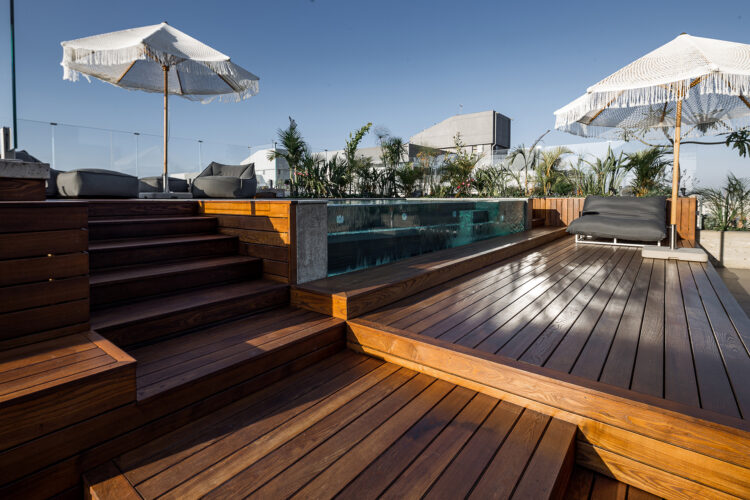
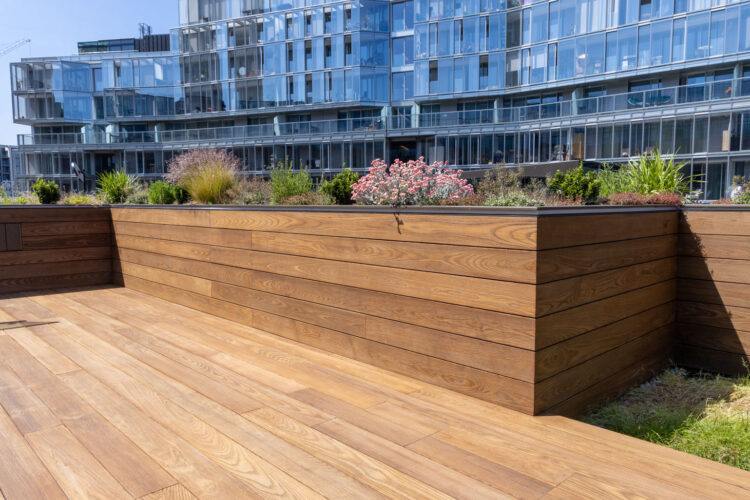
When building rooftop decks, choosing a durable wood species is essential to ensure long-term performance under constant exposure to sun, rain, and seasonal temperature swings. Thermo-ash stands out for its exceptional resilience. Classified as Durability Class 1, the highest rating according to the EN 350-2 standard, means it can withstand outdoor conditions for decades without chemical treatment.
Rooftop decking installations demand special attention to weight distribution and load-bearing capacity. The advantage of thermally modified wood is its reduced weight due to lower moisture content. This creates less stress on underlying structures while maintaining strength.
Each climate presents specific challenges that must be addressed in rooftop deck design:
Rain and frost resistance: thermally modified wood’s exceptional dimensional stability minimizes swelling and shrinkage
UV protection: While all wood naturally weathers, thermal modification creates a more consistent aging process that develops an attractive silvery patina while maintaining its durability
Temperature fluctuations: The reduced internal stress in thermally modified wood minimizes expansion and contraction during seasonal temperature changes
Rooftop decking represents more than just an aesthetic enhancement. It’s an opportunity to reclaim urban space, improve building performance, and contribute to more sustainable cities. Thermally modified wood offers a unique combination of beauty, durability, and environmental responsibility that makes it ideally suited for these demanding applications.
By leveraging the natural advantages of thermowood, architects and designers can create rooftop spaces that withstand climate fluctuations while providing decades of enjoyment with minimal maintenance. The result is urban buildings that not only look better but perform better.
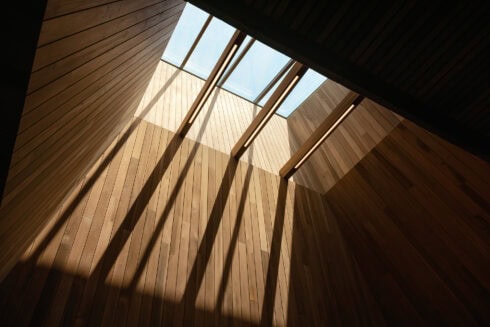
The Thermory Design Awards 2025 once again shine a spotlight on the most inspiring uses of thermally modified wood in architecture and design. This year’s...
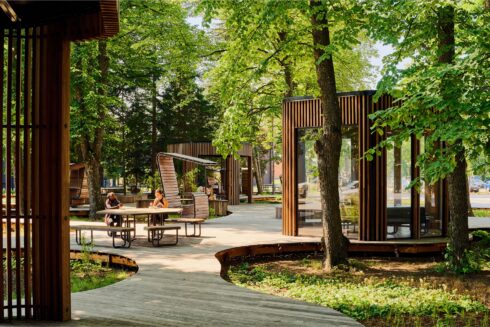
When it comes to decking, there are many options from natural wood to plastics and everything in between. It’s no secret that we at Thermory prefer...
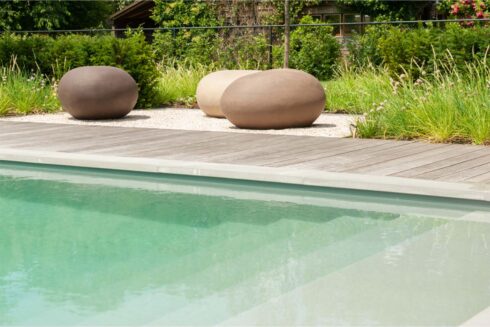
Looking to create a poolside space that’s as durable as it is beautiful? Thermo-ash decking is the perfect choice for stylish, low-maintenance outdoor...
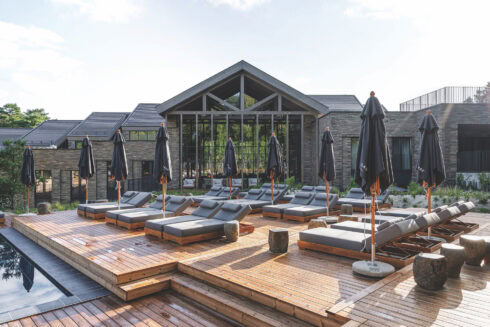
Wood decking adds...
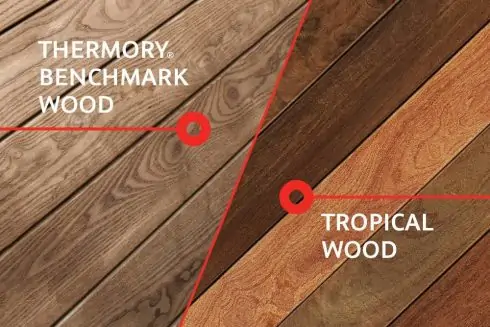
As the construction and design industries evolve, so does the demand for sustainable, high-performance building materials. For over 25 years, Thermory has...
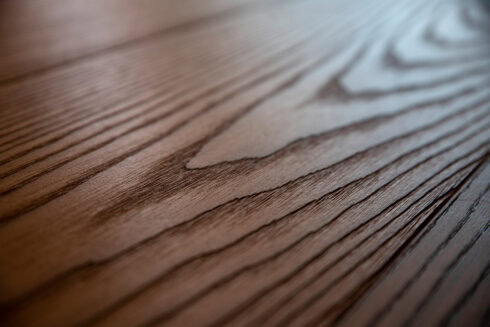
Picture a wood that balances elegance, durability and versatility – a natural material that not only meets your demands but also exceeds your...
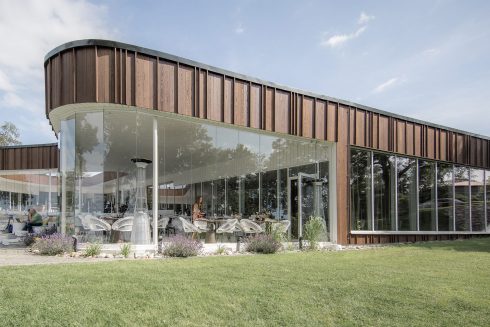
Combining different wood species, finishes and profiles brings variety to any interior or exterior design, delivering a tantalizing injection of texture and...
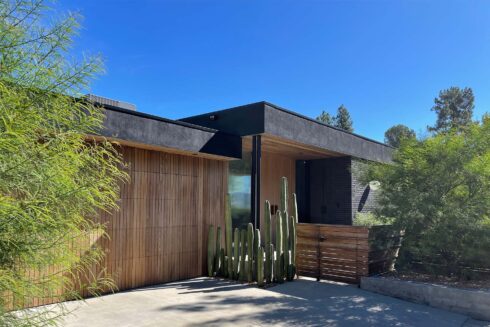
We were curious about the architecture trends and the popularity of timber in Australia, so we asked our down under partner, McCormacks Australia, to tell...
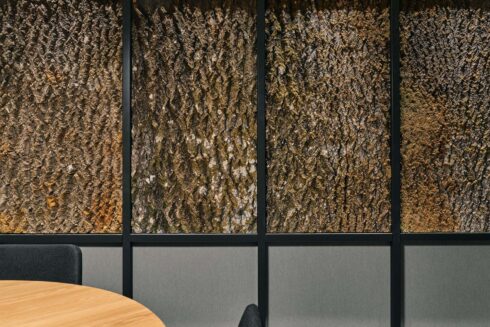
In the quest to shift our world towards more sustainable practices and circular processes, designers are increasingly turning their attention to...
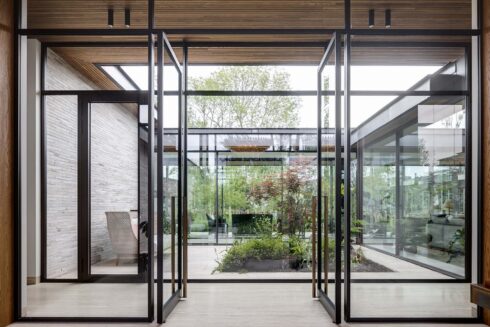
As architects and landscape designers, creating indoor outdoor living spaces that are sustainable and eco-friendly is more important than ever. With a...
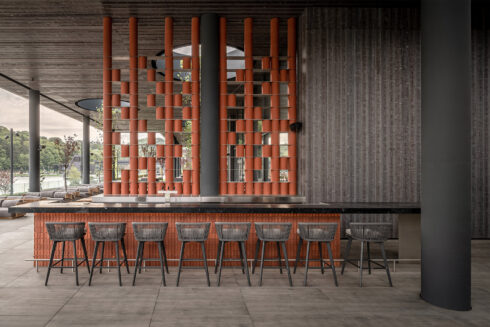
Thermory Design Awards is part of Thermory 25 celebrations for acknowledging and rewarding our...

Curators of Tallinn Architecture Biennale 2022 exhibition “Edible ; Or, The Architecture of Metabolism”, Lydia Kallipoliti & Areti...
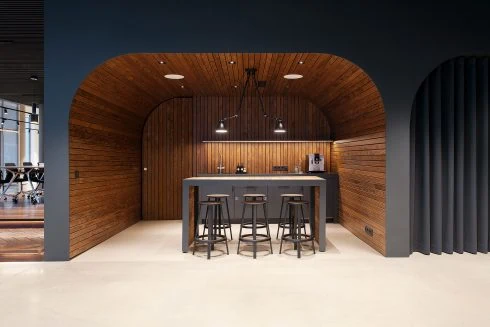
The aim of biophilic design is to create buildings and spaces that enable harmonious, naturally enjoyable experiences for their users by promoting the...
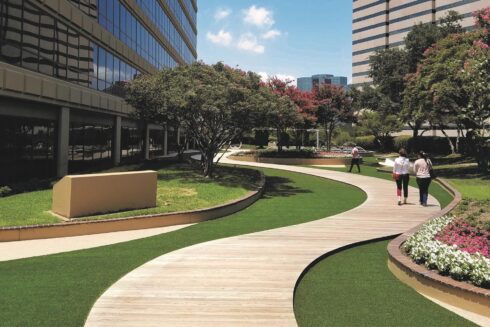
The purpose of biophilic design is to create spaces that deliver benefits for both human health and the environment by nurturing people’s innate affinity...
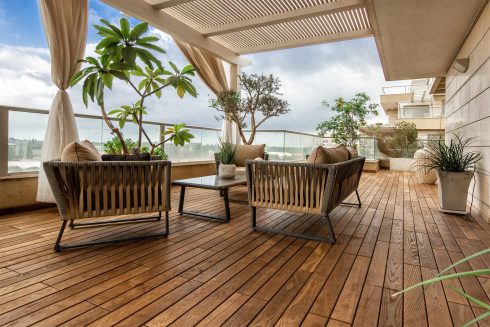
Introduce comfort, style and practicality into your outdoor space so that you can enjoy more time in the fresh air during the coming warmer...
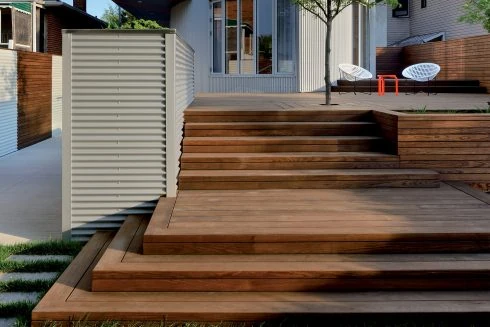
Summer is just around the corner, and as we eagerly look out to see the evidence of rising temperatures, that can only mean one thing...
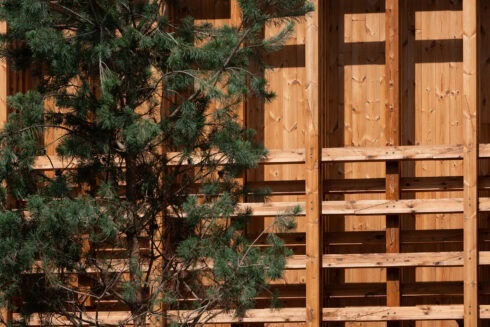
When it comes to...
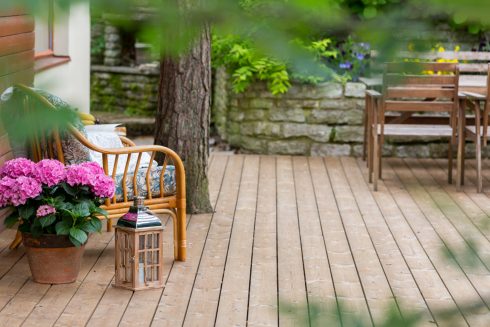
Home is where the heart is – a place where the whole family can feel safe and warm. The building materials you choose should enhance this feeling and...
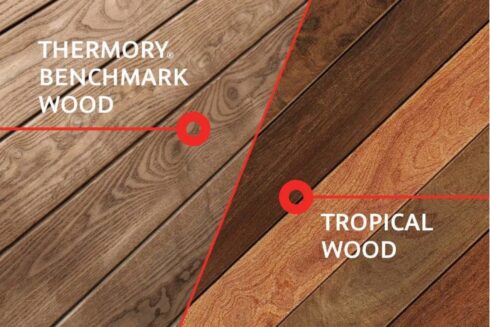
For decades, tropical hardwoods have been prized for their density, durability, and rich appearance. But their popularity comes at a high cost. Many of...
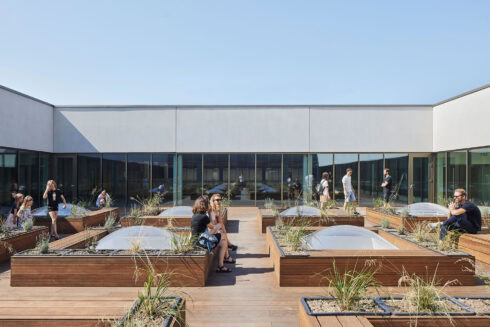
...

Thermally modified wood, often referred to as thermowood, is real wood enhanced using only heat and steam to improve its durability, dimensional stability,...
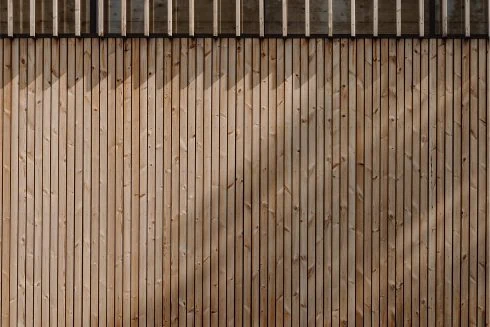
With rising concerns about climate change, the world community’s responsibility to reduce our carbon footprint rests with each and every individual and...
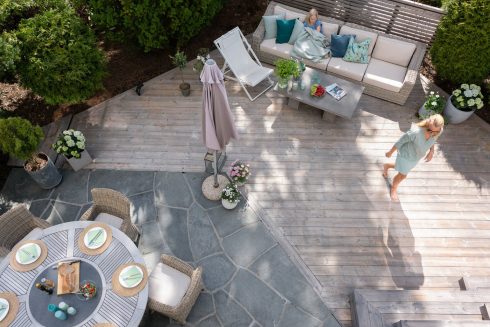
Wood is a natural material – and that’s part of its magic. Over time, its appearance changes, especially when exposed to the elements. Thermory’s...
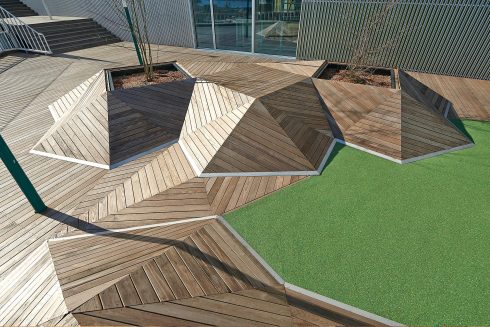
You’ve selected the perfect decking for your outdoor space – now you just need to decide how best to secure it in its chosen location. There are two...

Great design is more than just aesthetics—it’s about how a space makes you feel. Increasingly, research confirms what many have intuitively known: wood...
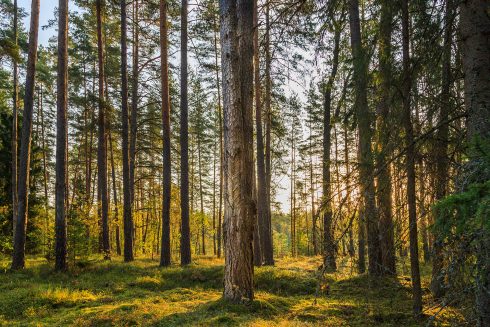
Ensuring the highest quality with the smallest possible ecological footprint and responsible use of resources are all principles that we consider important...

Throughout the history of architecture, surely no other material has been as influential as wood. It’s rare to see a building that’s been produced...
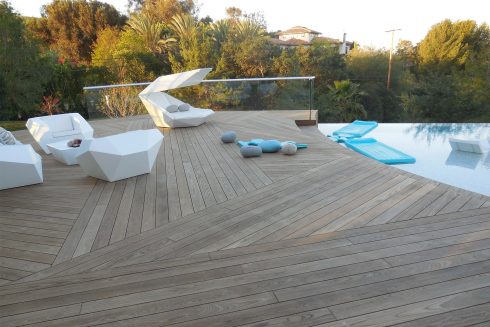
When considering how you’ll lay your new deck, there are many more options to decide between than simple vertical or horizontal alignment. In fact, with a...
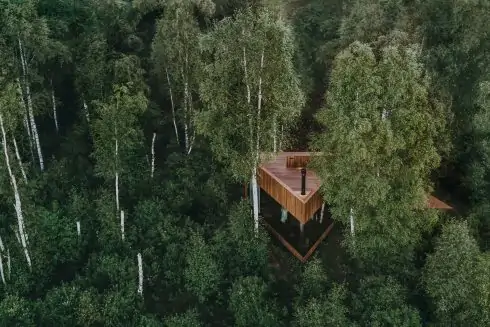
A trend is taking root in the worlds of architecture and interior design based on using natural materials and living plants to better...
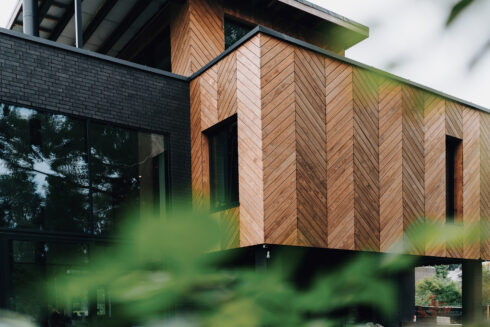
If you’re considering which wood types to use for a renovation or construction project, there are several considerations that may influence your decision...
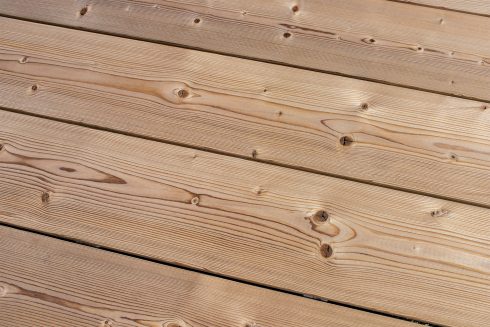
The wood-paneled interiors so common to mid-century homes have become sought after again, as many seek the warm, cozy feeling that the natural material...
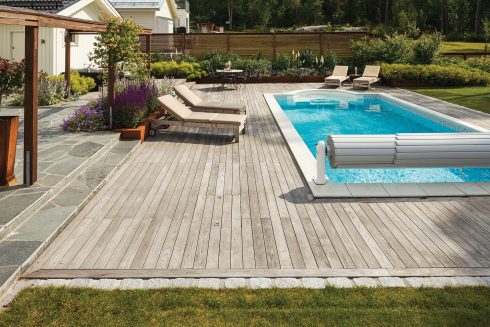
The warmth of springtime is fast approaching, and our thoughts are naturally turning towards spending more time outside. If you have a wooden terrace or...
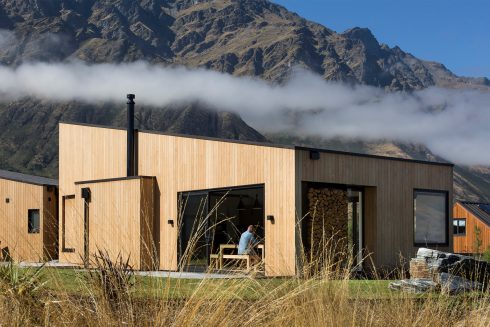
No matter where you live when you’re choosing a decking or cladding material, you’ll have to be mindful of how that material will change over time...
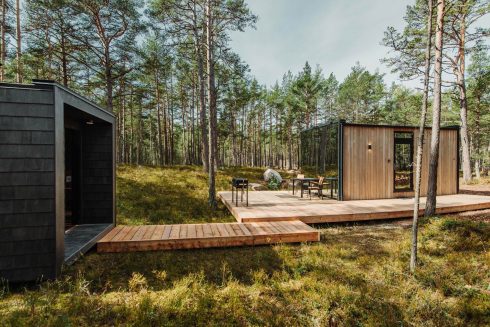
The tiny house movement has gained more momentum in the last decade, but why? It is based on tiny living: owning less so that what you own doesn’t own...

In 2022, the global megatrend of sustainable architecture and building practices will continue. Architecture trends influence the choice of materials both...